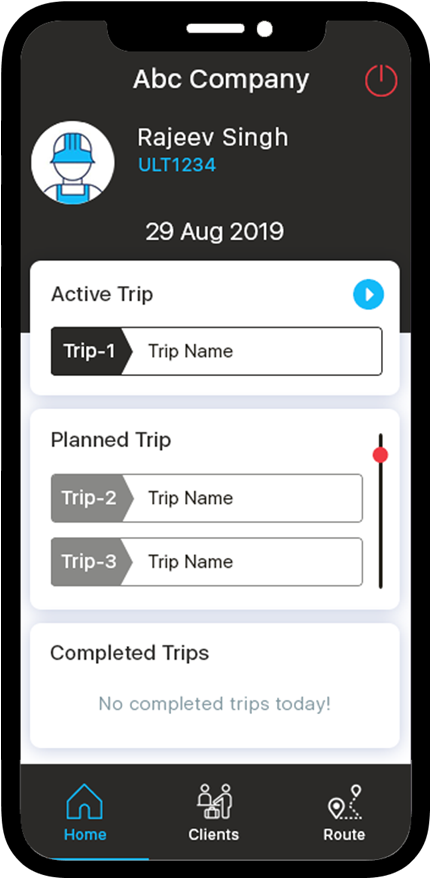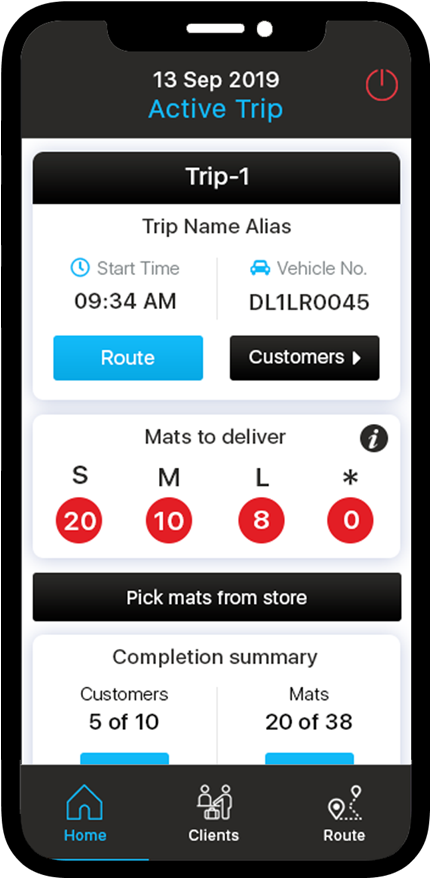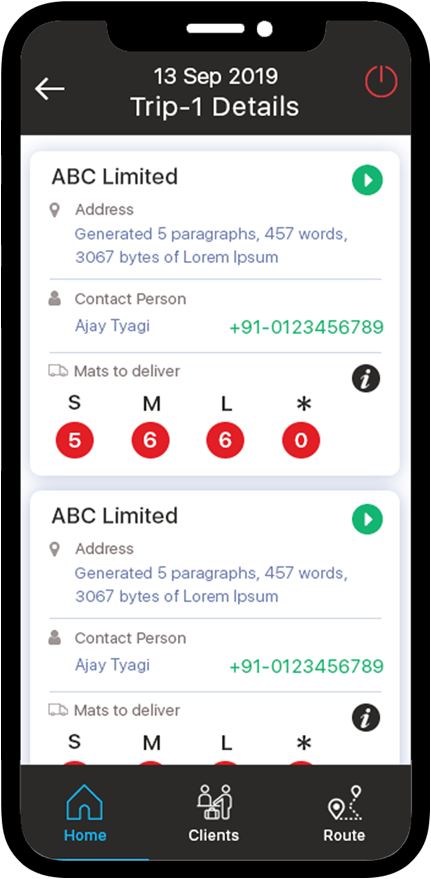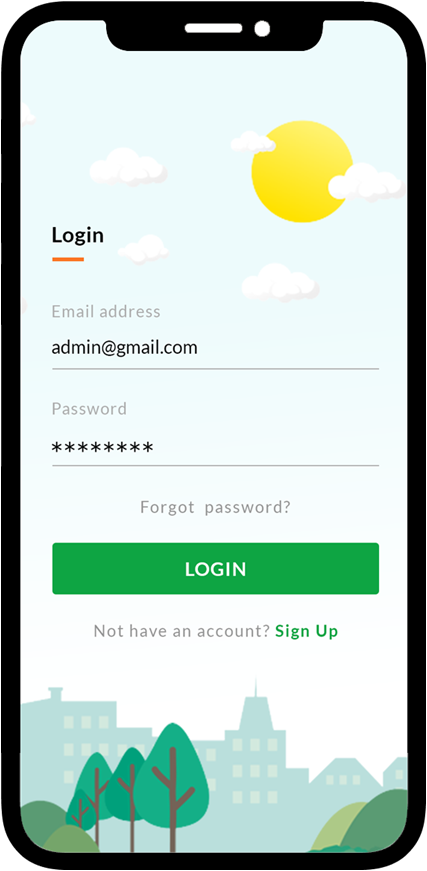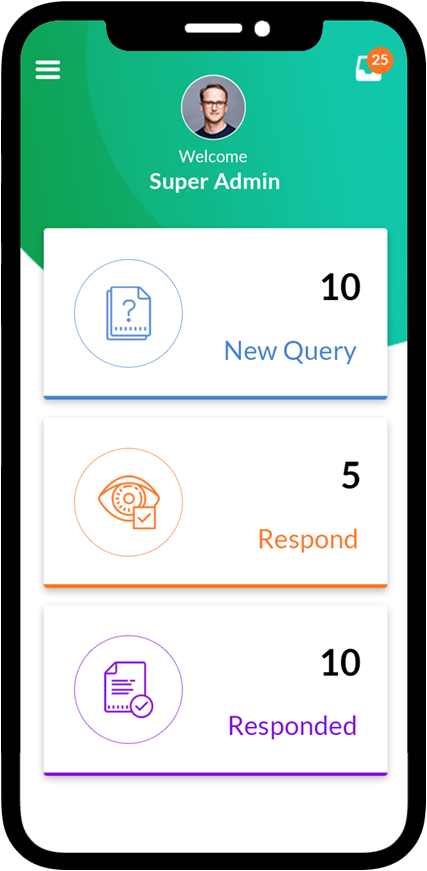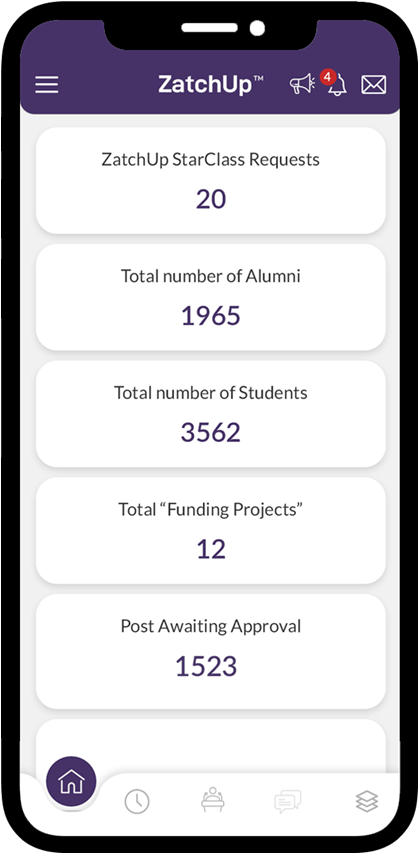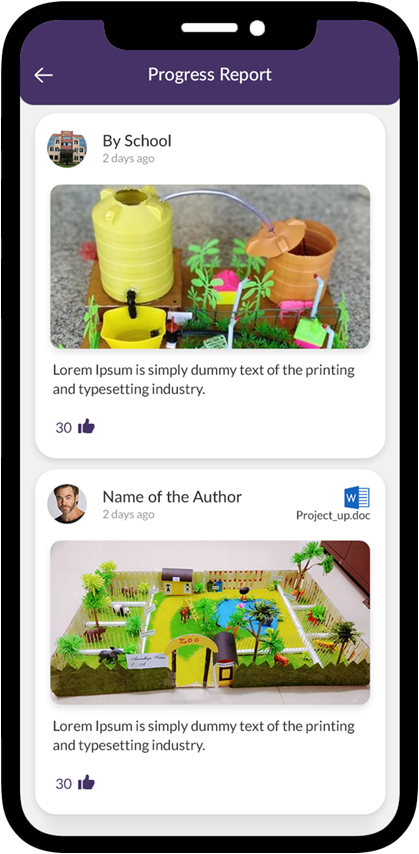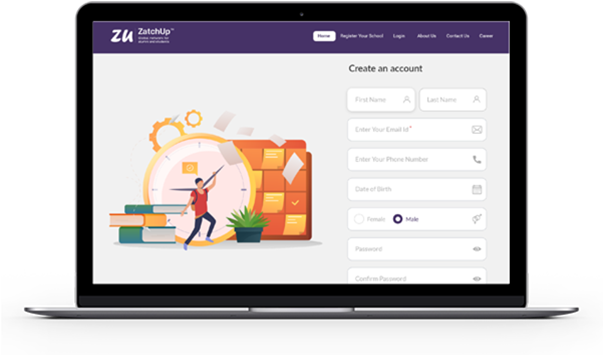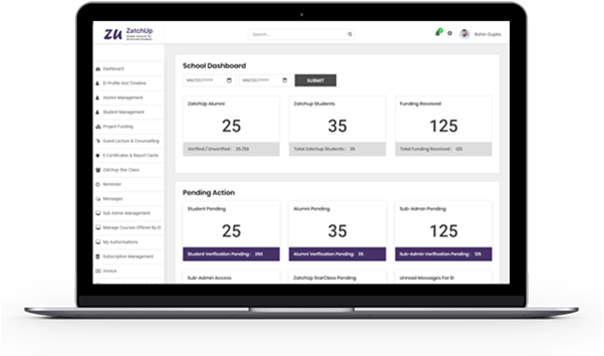Accomplish Digital Innovation and Business Goals with Aggregator Platforms
21st-century customers want everything at their fingertips, thanks to digitization

With changing technology and customer demands, brands find it increasingly tedious to market their products and ensure that it resonates well with customer preferences. The audience is already overwhelmed with marketing content. There is so much data online that customers sometimes find it irritating to differentiate one product from the other while both possess almost similar characteristics. It is why brands must emphasize more on creating valuable content for the shorter customer attention spans. And this is where content aggregators play a significant role.
Content aggregators present the best content curated from several sources across the internet and put this information on your website for users to access. Whether you intend to reach out to a new audience group or just get noticed, content aggregator platforms can seal the deal for you. Said to be a disruptive model, aggregator platforms have attained massive success in the market, especially for the taxis, hotels, groceries, insurance, and travel verticals.
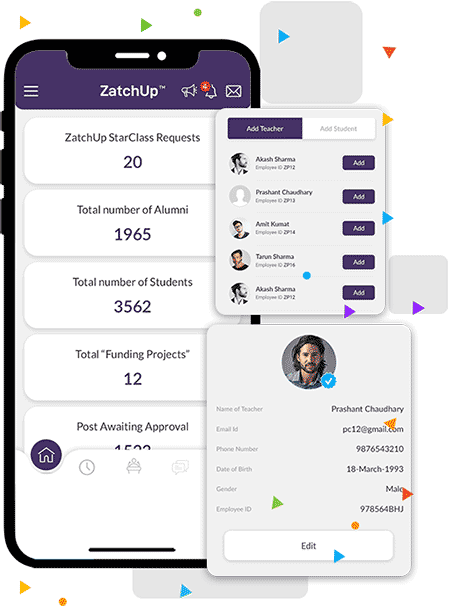
What is an aggregator platform?
An aggregator platform refers to a business model utilized by enterprises in the eCommerce space. The businesses gather information on specific goods, services, or products from various competing sources or application software from the online market and publish them on their website or application. Typically, the aggregator doesn't have the manufacturing or warehousing facility for these goods or services but instead relies on their ability to influence visitors and match their prices and specifications. These aggregator platforms usually charge a commission from goods and services providers for showcasing and selling their products.
The actual service providers reap benefits from their high incoming visitor traffic to the aggregator platform. In contrast, the customers don't have to search and browse through multiple sites to compare and contrast similar offerings but instead perform such actions on a single platform, thus saving time.
Simplifying aggregator model roadmap
An aggregator business model brings together the aggregator platform business, the service providers, and the customers.

An aggregator platform visits providers offering specific products and services.

The aggregator markets its massive incoming traffic to finalize a partnership plan.

The aggregator turns service providers into partners.

The aggregator builds its brand, supported several partners, and attracted customers via aggressive marketing strategies.

Customers compare service providers and complete a purchase.

Service providers turned to partners enjoy a massive influx of customers.

The aggregator platform receives the promised commission.

Choose where they want to get the order delivered
The varied types of aggregator platforms
The different types of aggregator platforms. Some of the most common types are

Search Aggregators
Also called metasearch engines, they integrate several search engines on specific user-centric topics. A search aggregator looks for parameterized RSS feeds published by various websites.

Content Aggregators
They collect news, updates, insights, or general web content from various online sources and showcase them at a single location.

Review Aggregators
Similar to content aggregators, however, they gather user reviews or expert comments regarding a product, services, place, company, online show, etc., and display them on their website.

Poll Aggregators
They collate people's opinions in a poll conducted by any organization and display them on their website. These become of significant importance in a polling election where aggregator platforms then provide expert insights based on the data collected and predict the results.

Social Network Aggregators
Also called real-time aggregators, these collect content from multiple social networking channels like Facebook, Instagram, Twitter, LinkedIn, Snapchat, Flickr, etc., and present them on a single domain.

Video Aggregators
: They gather different online video content from various sites, categorize them, and display them on their website.

Shopping Aggregators
These collate the products or services of several shopping sites like their current offers, products, price comparisons, etc., and display them on their domain, for example, Amazon.

Job Aggregator
These are apps or websites that collect job postings from various career sites, employer-listed jobs, and other sites and display them on their domain, for example, LinkedIn or Google Jobs.

Real Estate Aggregators
These software applications or websites collect information related to real estate and listings from various sources and display them on their websites. These websites are usually accessed by home hunters from where they can then contact the respective poster and inquire more about the property.
Digital Economy has fueled the adoption of aggregator platforms
The aggregator business model that has taken the digital world by storm is not a new hypothesis. Instead, aggregators have been a part of the industrial landscape for more than 60 years now; however, with digital action, its value proposition has just elevated to an unprecedented level. Several features and attributes of today's digital technology have enabled smooth and seamless adoption of the aggregator business model.
Scaling digital services or products at zero or low costs

From booking rooms to buying products, the cost of scaling services or products is low. However, the price of marketing for such digital products and services is not zero.
The significance of distribution and on-demand services

Businesses can now sell digital products at low costs than before. Compared to physical product pitching and distribution, digitization has enabled businesses to acquire customers and close a sale at much-reduced prices.
Low transaction costs, high earnings

Aggregating services on a digital platform reduces the physical labor and total costs by a considerable margin but not to zero. For example, platforms that use Stripe or PayPal as their payment providers are subject to their commission rates; however, they still experience a boost in online sales and ROIs.
Personalized connections in the age of modularity

Unlike physical stores, digital apps and websites can be changed in a matter of days and weeks, which means offering a world-class user experience is not a concern anymore. Digital modularity provides better personalization prospects in the tech world that were not easily attainable in the physical world.
Direct access to consumers across multiple channels

With 7.5 billion people using the internet to search for products and services, it makes sense for your enterprise's marketing department to reap the full benefits of the digital infrastructure. Today, businesses can sell products to millions and billions of people across the world map, which wasn't possible a few years back. And aggregator platforms make up for a chunk of it. Moreover, with customers trusted such platforms for information published and products listed, businesses can earn their customers' trust and a sale simultaneously.
Sell efficiently in a demand-driven economy

The cost of acquiring more customers who, in turn, lead to more referrals and reviews is massive, even in the digital space. However, the network effects of the aggregator platform significantly reduce the cost of acquisition, driving a higher marketing momentum. Eventually, as your business grows, the fixed costs per customer become lower, and so the offering solutions become more profitable.
Triazine Case Studies: Explore how we’ve integrated aggregator platforms for our clients
Until an eCommerce app is feature-rich and simplifies your customers' buying journeys, it won't have the traction you wish it should. The following are some features every eCommerce app must-have.
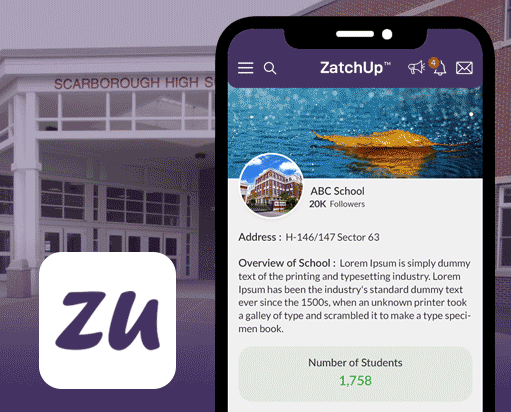
ZatchUp | Mobile App

GreenTIP | Web Portal

Jauntfix | Mobile App

Ultimate - E-Commerce | Mobile App

